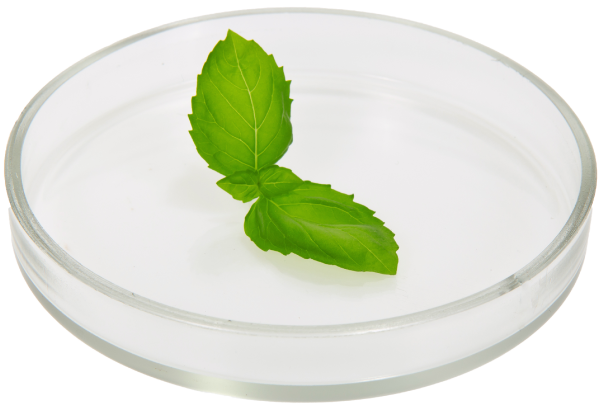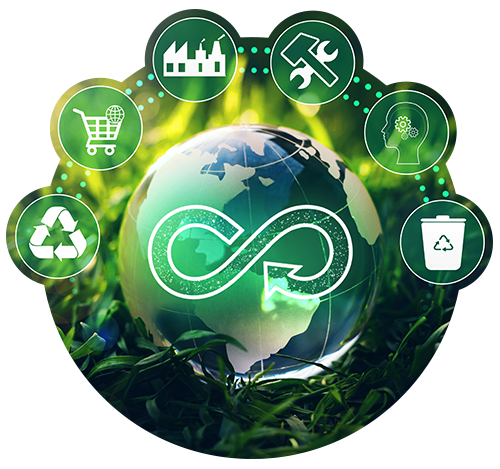At Freshway Foods, we believe quality and food safety begin in the field and do not end until our products reach our customer. From inspection of produce growing in the field, through processing at our state-of-the-art GFSI certified production facility, to final delivery using our dedicated fleet of refrigerated trailers, Freshway Foods maintains high food safety standards. Every associate in our company is proud to produce the safe, wholesome food that helps feed America.



As a fresh-cut processor, we recognize our responsibility to help reduce our environmental footprint while delivering high-quality products to our customers. Our commitment to sustainable business practices is a key focus for our operations, from sourcing to distribution.


